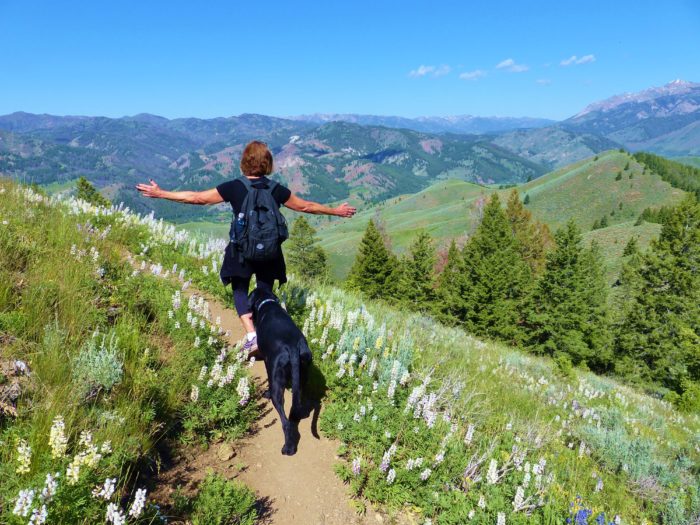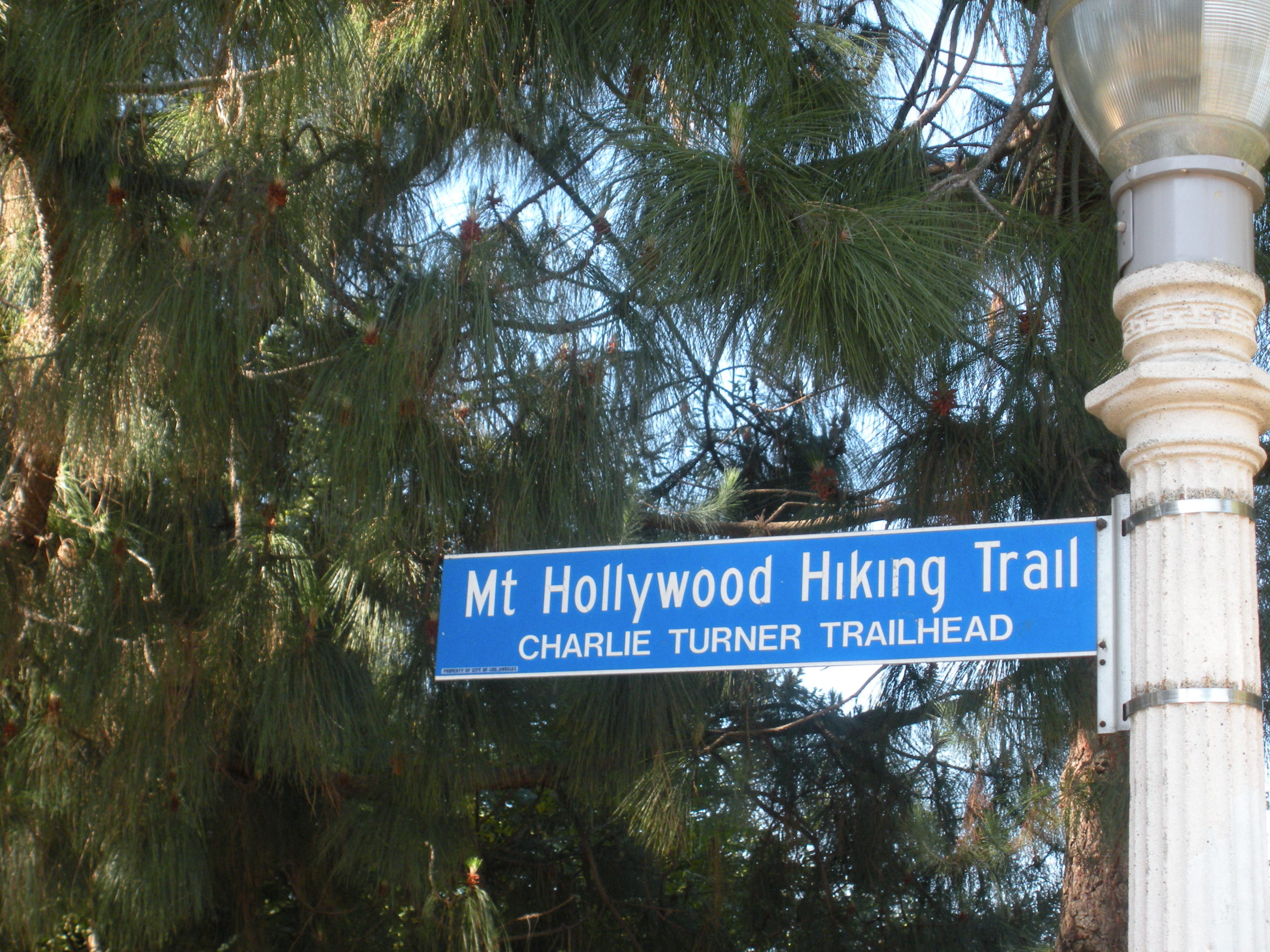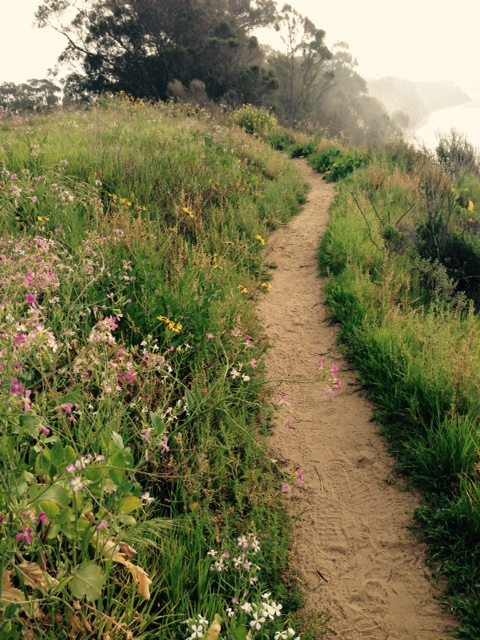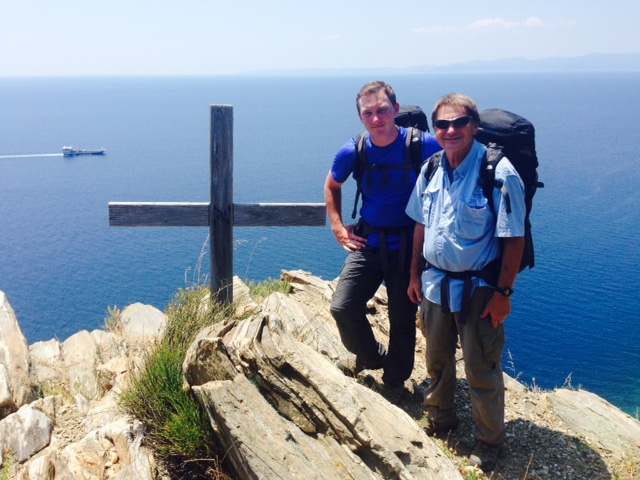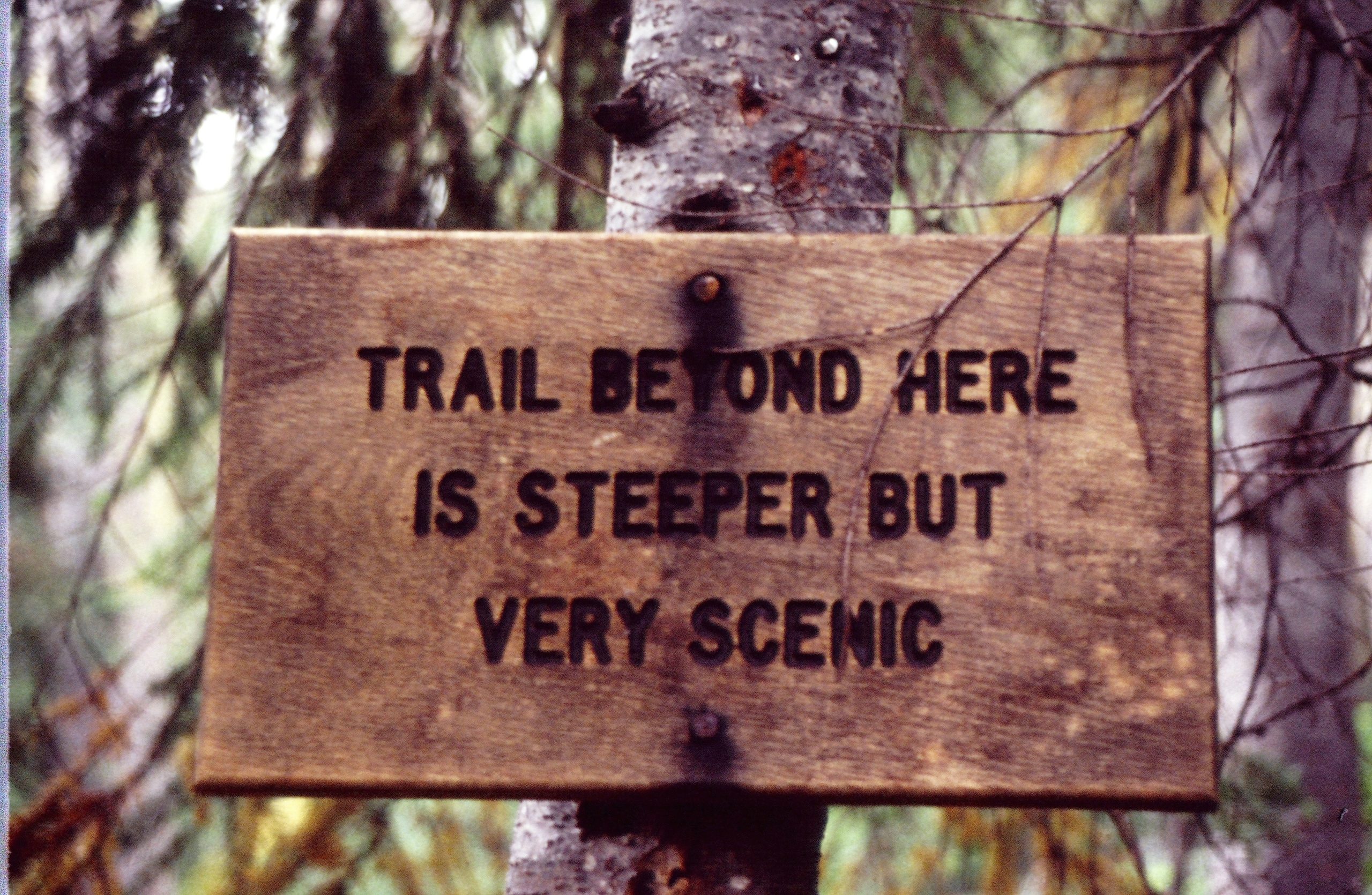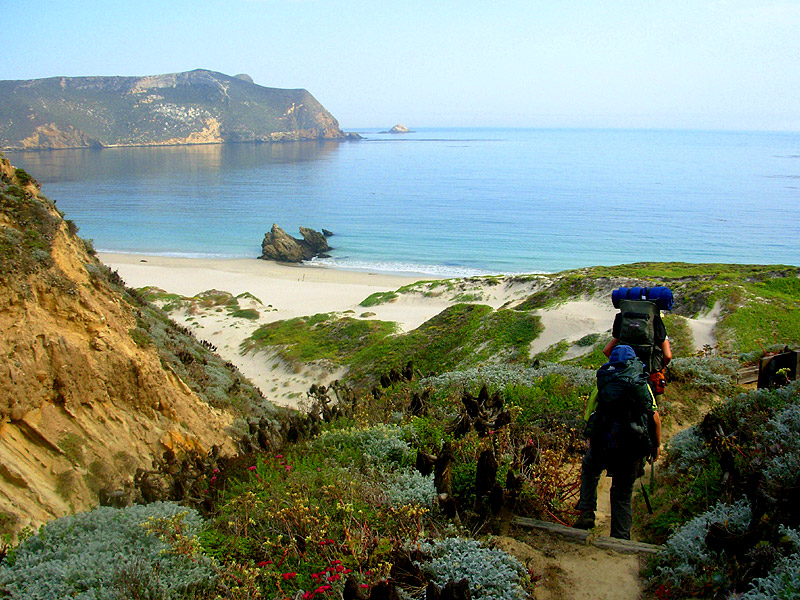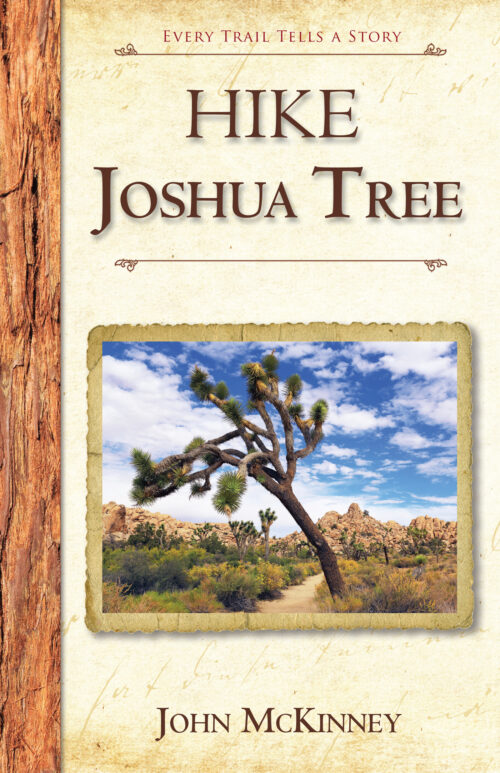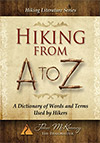 Hikers might be surprised as non-hikers to learn that there are more than two dozen different kinds of hiking trails. Many of the terms will be familiar to the veteran hiker while a few are terms only land use planners could love.
Hikers might be surprised as non-hikers to learn that there are more than two dozen different kinds of hiking trails. Many of the terms will be familiar to the veteran hiker while a few are terms only land use planners could love.
Over the years I’ve used most of the terms for the kinds of hiking trails in my writing. Enjoy this list of the kinds of hiking trails excerpted from my hiker’s dictionary: Hiking from A to Z: A Dictionary of Words and Terms Used by Hikers.
Kinds of Hiking Trails:
access trail: Any trail that connects the main trail to a town, road, or another trail system.
backcountry trail: A primitive trail (can be open to motorized or nonmotorized users) in an area where there are no maintained roads or permanent buildings.
connecting or side trail: Provides additional points of access to major trails—in particular the nation’s national recreation, scenic, or historic trails per the National Trails System Act.
destination trail: A trail that connects two distinct points (a trailhead and a point of interest) the destination. The trail user returns by the same route.
directional use trail: A path designed in such a way as to encourage hikers to travel in one direction.
feeder trail: A trail designed to connect local facilities, neighborhoods, campgrounds, etc. to a main trail.
extended trail: Trails over 100 miles in length (as defined in the National Trails System Act).
hiker-biker trail: An urban paved trail designed for use by pedestrians and bicyclists.
hiking trail: Moderate to long distance trail with the primary function of providing long-distance walking experiences of a mile or more (often much more).
interpretive trail (nature trail): Short to moderate lengthtrail (usually ¼ mile to 1 ½ miles long) with the primary function of providing an opportunity to walk and study interesting or unusual plants or natural features at user’s pleasure. Interpretive signs or numbers corresponding to descriptions in a pamphlet often provide information about features found en route.
fire road: Unimproved dirt road that allows fire fighting and ranger vehicles access to the backcountry.
frontcountry trail: Less emphasis is put on minimizing contact with signs of the civilized world. The main objective is to provide enjoyable trail experiences within the vicinity of developed areas by utilizing the scenic and interpretative features of semi-urban, rural, and natural environments.
long distance trail: In general a trail best characterized by length (more than 50 miles), linearity (follows a linear feature), and diversity (geographic and political).
loop trail: Trail designed so that the route is a closed circuit connecting a number of points of interest, giving hikers the option of not traveling the same section of trail more than once on a trip.
multiple-use (multi-use) trail: A trail that permits more than one user group at a time (equestrian, hiker, mountain bicyclist, etc.).
out-and-back trail: A one-way trail on which you travel to a destination then backtrack to the trailhead.
rail-trail: A multi-purpose public path (paved or natural) created along an inactive rail corridor.
recreation trail: A trail that is designed to provide a recreational experience.
side trail: A dead-end trail that leads to features near the main trail.
single-track trail: A trail only wide enough for one user to travel. Requires one user to yield the trail to allow another user to pass.
single-use trail: One that is designed and constructed for only one intended use (i.e. hiking only).
spur trail: A trail that leads from primary, secondary, or main trails to points of interest such viewpoints and campsites.
trail: Route on land with protected status and public access for recreation or transportation purposes such as walking, jogging, hiking, bicycling, horseback riding, mountain biking, and backpacking.
way trail (social trail): Unplanned/unauthorized trail that develops informally from use and not designated or maintained by a governmental agency. A good way trail might lead to a pleasant off-the-main trail surprise; a bad way trail is one made by hikers who cut switchbacks.

